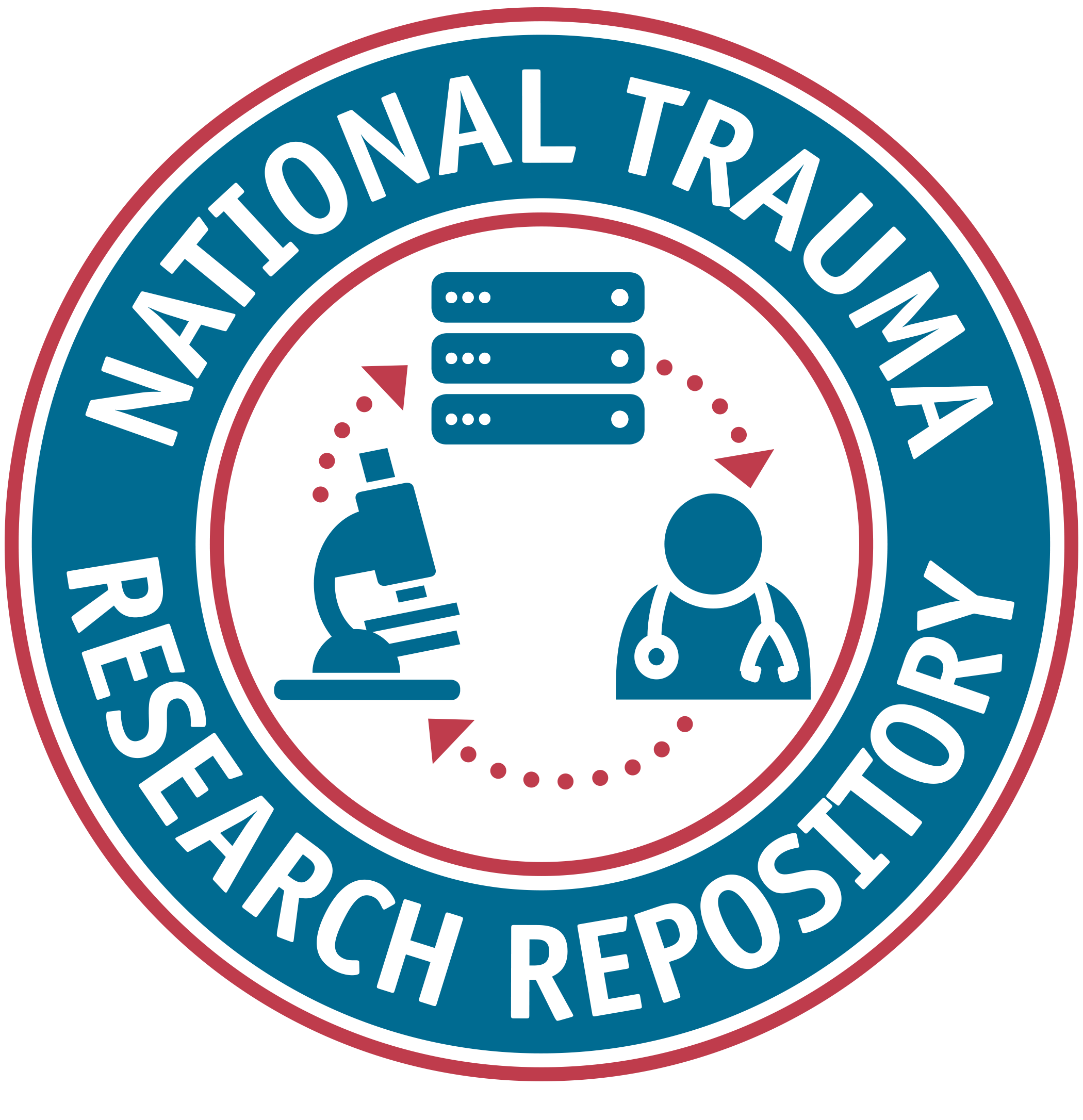The NTRR data dictionary incorporates and extends the Common Data Element (CDE) definitions developed by the NINDS (National Institute of Neurological Disorders and Stroke) CDE Workgroup. The data dictionary also allows investigators to define the data they submit as well as provide alternate terms (aliasing) and translation rules for the same element. Importantly, the NTRR data dictionary provides those who access the data with clear and precise information about what it is they are accessing.
It is essential to have clearly defined and accurate information within the data dictionary, because the data that exists in NTRR also exists in research labs and other data repositories. A well-defined data dictionary helps support the research community's vision of collaboration.
Under the guidance of NTRR, Working Groups (WG) composed of trauma surgeons, emergency medicine physicians, burn specialists, epidemiologists, and data scientists, developed therapeutic area Common Data Elements (CDEs). In this process, subject-matter experts were responsible for the development and vetting of the CDEs for the following therapeutic areas – epidemiology, pre-hospital, acute hospital, outcomes and rehabilitation.
The NTRR contains the most recent versions of the CDEs.
Occasionally, research data may not align perfectly to the CDEs. In this case, researchers may extend the data dictionary through the creation of Unique Data Elements (UDEs).
To extend the data dictionary, researchers must first create a NTRR account and be granted access to the data dictionary tool. However, both published form structures and published data elements (CDEs and data elements) are accessible without the need to sign-up or have an account registered with NTRR.
